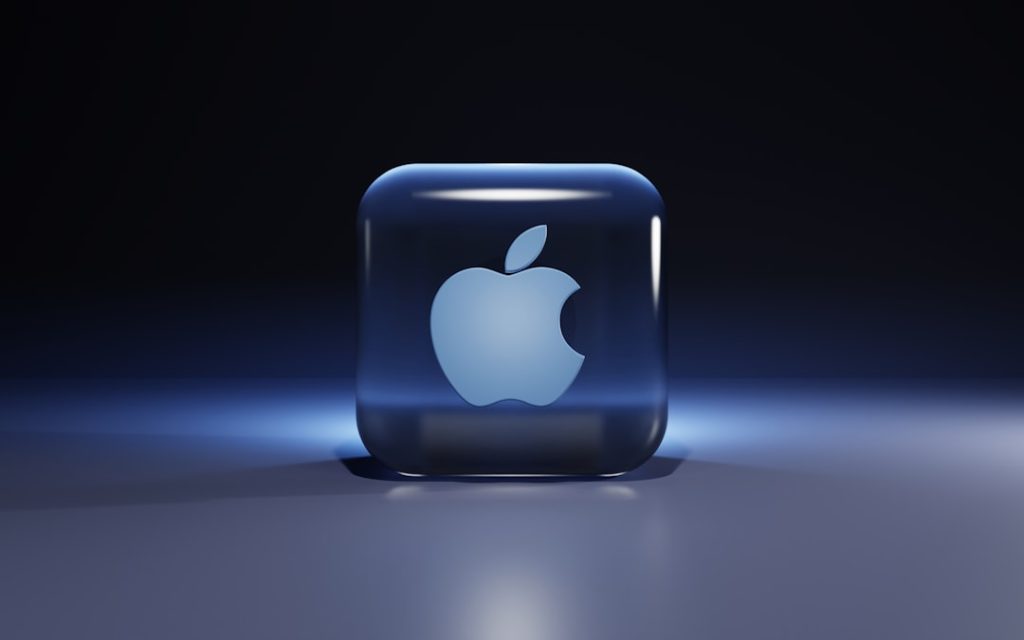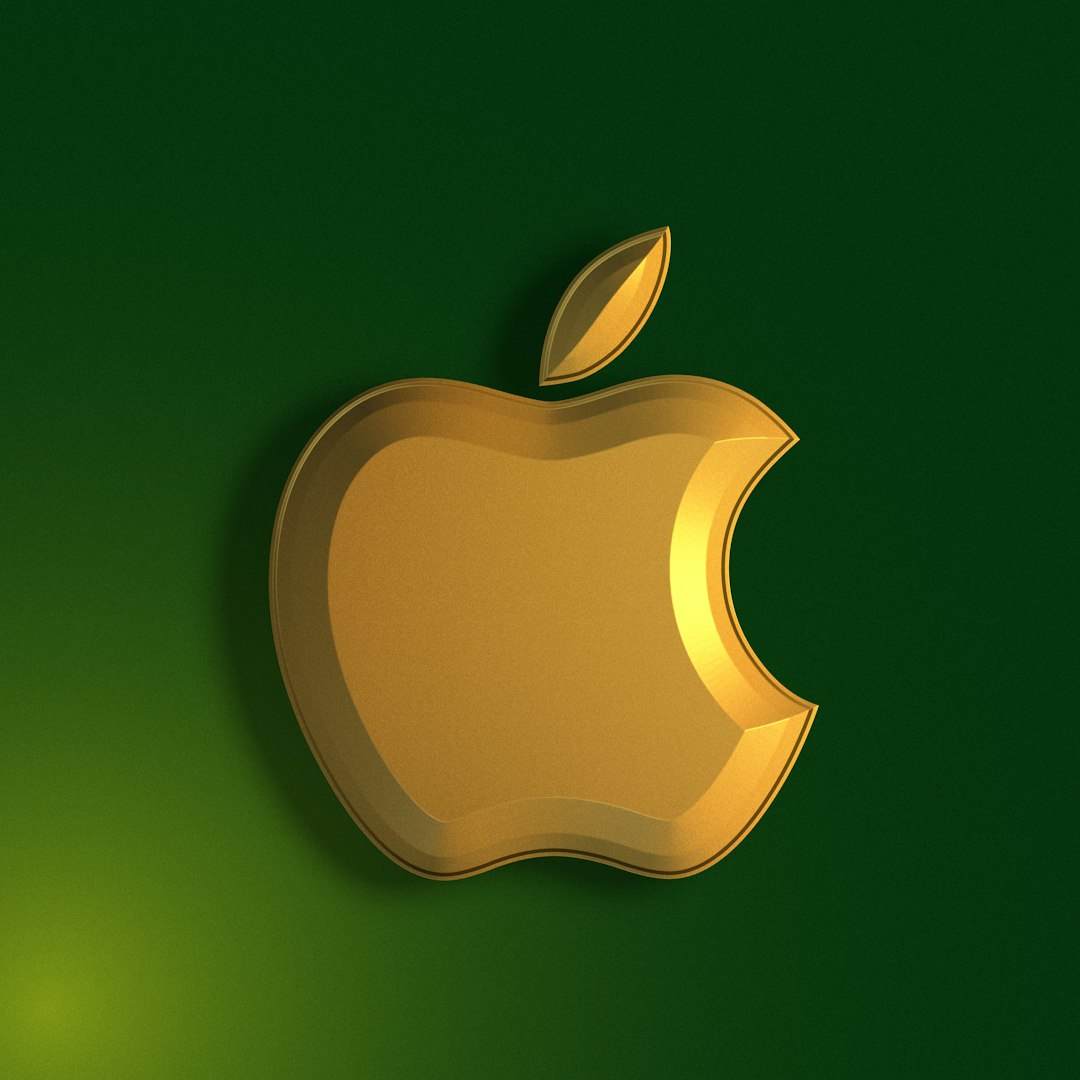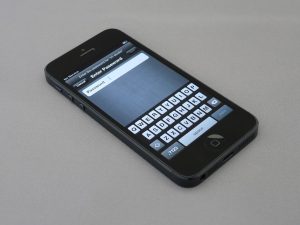When Was the First iPhone Released?
3 min read
In the world of smartphones, few devices have had as profound an impact as the iPhone. Launched by Apple, the iPhone redefined modern communication, media consumption, and mobile computing. But when exactly did this revolutionary device make its debut to the world?
The very first iPhone was officially released on June 29, 2007. This date marks a significant turning point in the history of mobile technology, as the device blended a mobile phone, an iPod, and an Internet communicator—something never seen before at the time.
The Announcement That Changed Everything
Before there was the iPhone in consumers’ hands, there was the announcement that sparked excitement across the tech world. On January 9, 2007, during his keynote at the Macworld Conference & Expo in San Francisco, Apple’s CEO Steve Jobs stunned the audience by revealing that Apple was introducing three revolutionary products: a widescreen iPod with touch controls, a revolutionary mobile phone, and a breakthrough Internet communication device.
It quickly became clear that Jobs was speaking about a single device: the iPhone. That moment is now considered one of the most iconic moments in tech history. The anticipation that followed was unparalleled, as consumers eagerly awaited the opportunity to own this device that promised to change the way we experience mobile technology.

Launch Day: The Hype Becomes Reality
On the sunny summer day of June 29, 2007, the first-generation iPhone officially went on sale in the United States. Thousands of people lined up outside Apple Stores across the country, with many camping out overnight to be among the first to own this groundbreaking gadget.
Priced at $499 for the 4GB model and $599 for the 8GB version, the original iPhone was seen as a premium device. Despite skepticism from some in the industry, it sold over 270,000 units in the first 30 hours—an impressive start for a completely new product category.
What Made the First iPhone So Special?
While smartphones existed prior to the iPhone—devices like the BlackBerry and Palm Treo—the iPhone offered an entirely new user experience. Here are a few standout features of the first-generation iPhone:
- Multi-touch screen: Allowed users to tap, swipe, and pinch to zoom—a radical alternative to the stylus or keyboard-driven phones of the time.
- Sleek design: A minimalist and modern appearance with a 3.5-inch display and no physical keyboard.
- iOS integration: A mobile operating system that enabled integration with iTunes and supported core Apple apps like Safari, Mail, and Maps.
- Visual voicemail: A new way to manage voicemail messages visually instead of listening to them sequentially.
The iPhone wasn’t just a phone; it was a miniature computer and media device rolled into one—which, when enhanced by Apple’s polished software, made it far ahead of the curve.

Global Expansion and Enduring Legacy
Though initially launched only in the US, the iPhone began expanding internationally in late 2007 and early 2008. And with each new iteration came improvements in performance, design, and features. The release of the App Store in 2008 further magnified the iPhone’s influence, allowing third-party developers to create millions of apps—something we take for granted today.
As of today, Apple has sold over 2.2 billion iPhones globally. Each new release still captivates global attention, a testament to the enduring influence of that first release in 2007.
Conclusion
The release of the first iPhone on June 29, 2007, marked more than a product launch—it initiated a technological revolution. It redefined how we communicate, navigate, work, and entertain ourselves. What began as a bold vision has grown into one of the most successful consumer products in history, reshaping not only the smartphone industry but also the way we live our daily lives.
For many, the question “When was the first iPhone released?” is more than a date—it represents the beginning of a new era in digital innovation.



